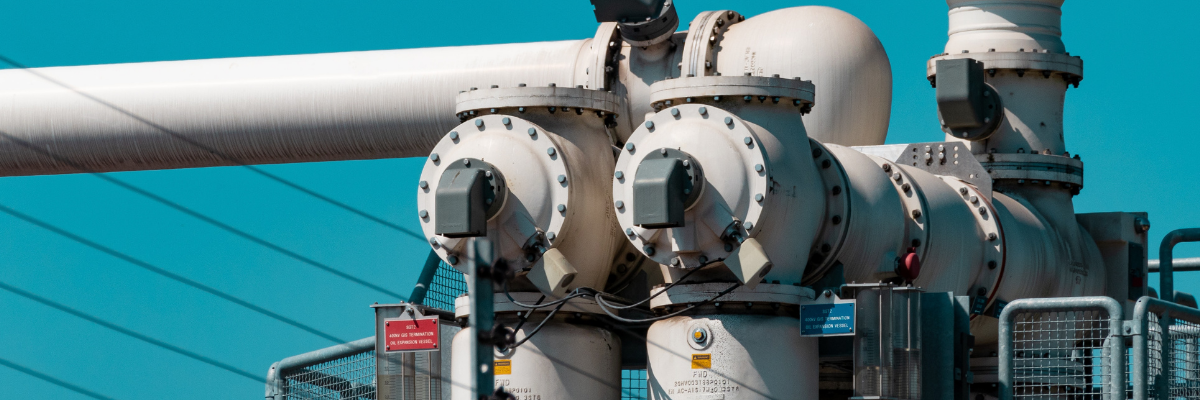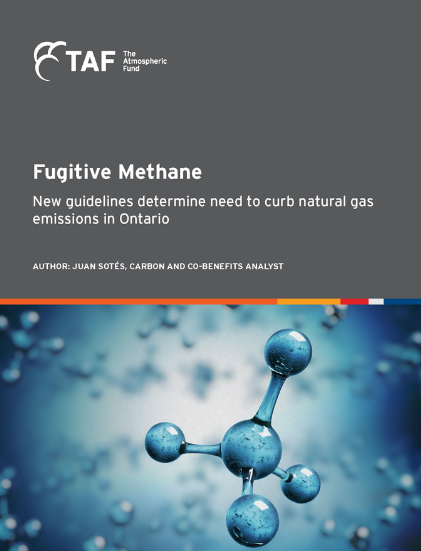Until very recently, reports have drastically underestimated the amount of methane leakage from oil and gas extraction and transmission, in part because in many cases we’re not actually measuring it. There is a growing consensus from scientists, however, that fossil fuels, including “natural” gas, are leaking much more methane than is currently accounted for. But just how much?
To improve our own practices and to enable others to do the same, we just published a new report with guidelines to account for the full life cycle of natural gas. These guidelines are intended for policymakers, funders, investors, and anyone who evaluates projects that affect natural gas consumption.
We found that a more accurate methane leakage rate is 2.7%, double what is currently reported in the National Inventory Report (NIR). Although Environment and Climate Change Canada’s most recent NIR acknowledges that potential under-estimation of methane emissions is a real issue and has committed to resolving these discrepancies in future reports. We also advocates for using time horizons of 20 years for all scenarios outside of emissions inventories.
What does it mean in the real world? We need to get off natural gas now
Combustion of natural gas makes up 45% of all GHG emissions in the Greater Toronto and Hamilton Area (GTHA), but that only includes what is emitted onsite during its use – such as for heating, cooking, and a small amount for electricity generation. Almost none of the methane leakage that happens during extraction and transmission is counted in our inventories or any other reporting. While it was widely understood that fugitive emissions are a significant problem, it is now clear that leakage is likely more than double reported rates, and a larger driver of climate change than previously thought.
Natural gas, however, has been positioned by some as a “bridge fuel” to a clean economy and a “cleaner” alternative to coal and oil. It comes with benefits, like leveraging existing transportation and storage infrastructure, and being highly dispatchable, so, it is an attractive solution for those resistant to changing our existing, carbon-intensive systems. That point of view is on increasingly shaky ground, with research now showing the health and climate dangers of heavily relying on natural gas in the near-term to meet our energy needs is incompatible with a livable planet. In some scenarios, we found natural gas to be as bad as coal for climate change.
Ontario is approaching a series of inflection points that threaten to further lock-in natural gas infrastructure, many of which have viable low-carbon alternatives. The electrification of our building and transportation sectors, through the rapid adoption of technologies such as electric vehicles and heat pumps, is essential to meeting our climate targets. Those efforts will be undermined if we don’t also decarbonize our grid in parallel. All of this underscores the need for a robust and ambitious national Clean Electricity Standard, made possible in part by the rapidly decreasing costs of renewables and storage.
While the climate imperative is clear, there are other reasons to accelerate a shift away from natural gas. A recent CBC article, drawing from research from Stanford University and the University of Saskatchewan, showed that natural gas stoves are linked with significant health risks due to the indoor pollutants created through their usage, findings further supported by a 2020 report from the Rocky Mountain Institute. Other studies have established that methane leaks are also present at other household point sources, such as furnaces and water heaters.
We are set to make several crucial climate policy and investment choices over the next decade, many of which will consider natural gas combustion as an option and will be prohibitively expensive to reverse. These decisions must be made while considering the full cost of methane emissions. Check out the report and recommendations for policy makers and share here.



Good overview.
However I place in basket of production/transportation which accounts for 20% (?) of our GHG emissions from combusting fossil fuels.
Toronto condos have a financial retrofit challenge. How they finance move from gas is challenge. In HBSCA industry is still pushing co-gen. Does not pass test.
Thanks for the feedback, Ron. Agreed that upfront capital costs for fuel switching (and retrofits in general) in multi-family buildings continue to be a challenge, and is why TAF has continued to advocate for coordinated and stable funding from government to support these types of projects at scale.
For anyone interested,
actual CH4 levels in Toronto have been map on a regular basis in the GTA since 2018 in an on-going collaboration of Environment and Climate Change Canada and the University of Toronto.
You can find maps of the different CH4 surveys here:
https://www.atmosp.physics.utoronto.ca/GTA-Emissions/About/index.html
And you can find a nice open-access scientific article about this here:
https://pubs.acs.org/doi/10.1021/acs.est.0c05386
Really interesting work and findings, Felix. Thanks for sharing.